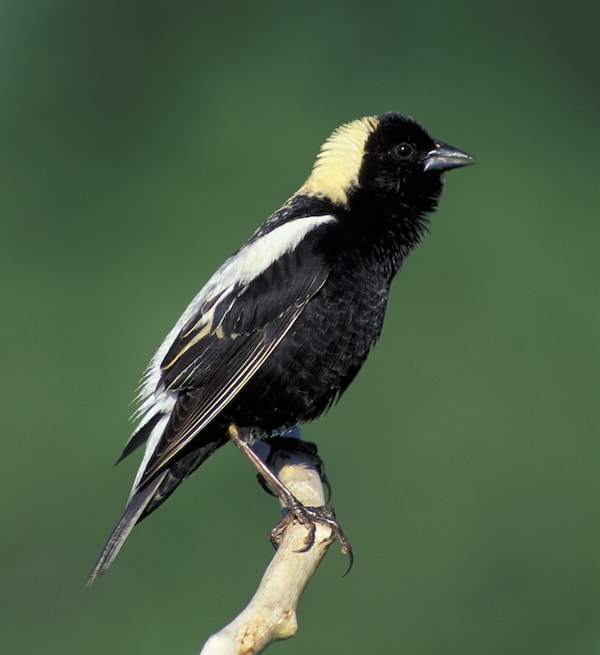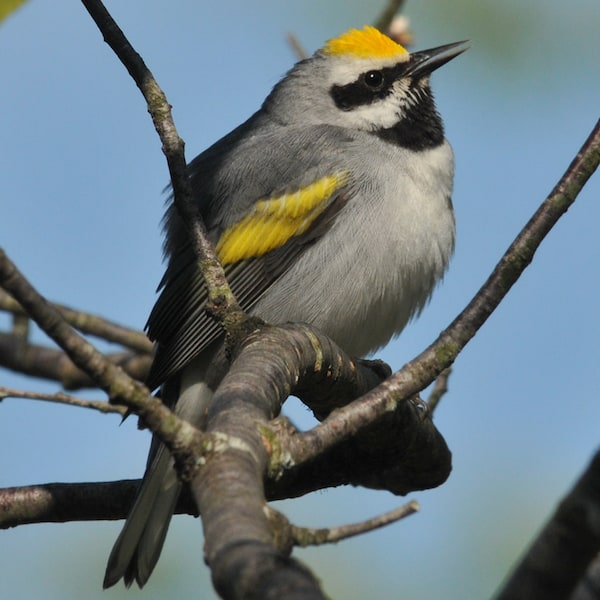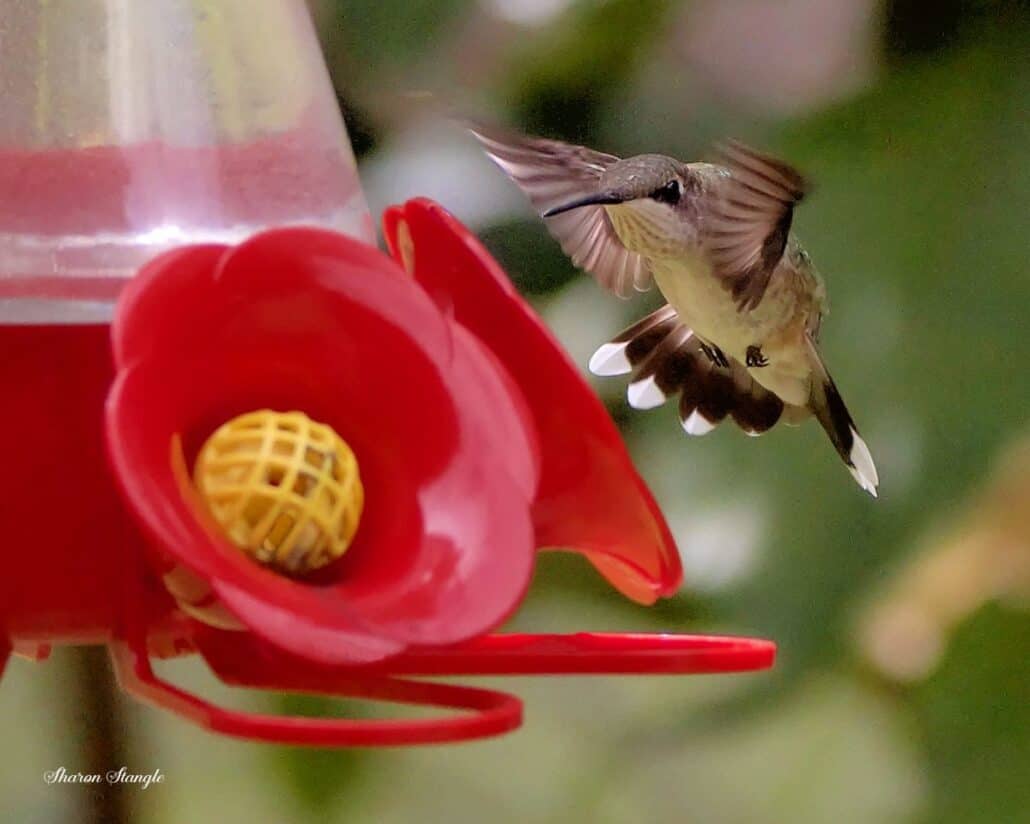Look For
Male bobolinks go through a dramatic plumage change from spring to fall. In summer, the male is a handsome blend of black, white, and butterscotch. They look like they are wearing a tuxedo backwards! In fall, he changes to buffy tans and browns, similar to what the female wears year-round. Fall male and female bobolinks may look like sparrows, but they are actually blackbirds. They are larger than our sparrows and have plainer-looking faces. Bobolinks are 7 inches in length.
Listen For
Male bobolinks sing a burbling series of warbles, buzzes, and whistles in a long series that sounds like the start of a dial-up Internet connection or like R2-D2 from Star Wars. Call note is a whistling, rising wink? Migrating bobolinks often give this call in flight.
Find It
Bobolinks are extraordinary migrants, traveling to south of the equator each fall and making a round-trip of about 20,000 kilometers—one of the longest annual migrations of any New World passerine. Locally common in grassy meadows and hayfields in spring and summer, the bobolink is often located when the male does a song-flight over his territory. Females hide in the tall grass and are thus harder to see.
Feeding Behavior
During breeding season, bobolinks consume weed seeds and a variety of insects, spiders, and snails. During migration and winter periods they prefer wild rice, sorghum, oats, corn, tassels, weed seeds, and then occasionally insects. They feed primarily from the ground using slow and deliberate pecks.
Nesting Behavior
Bobolinks are polygamous. The female collects material and builds the nest without male assistance, typically only taking one to two days although construction activity is intensive. The nests are always on the ground, often at the base of large forbs such as meadow rue, golden alexander, and clover where there is shading to provide proper temperature modulation. One brood per season is the norm and incubation takes 11 to 12 days. Fledging occurs after 10 or 11 days.
Wow!
Other names for the bobolink (a name derived from the song) are meadow wink (for its habitat and call note), skunkhead blackbird (plumage), and butter-bird (for the yellow head patch).




